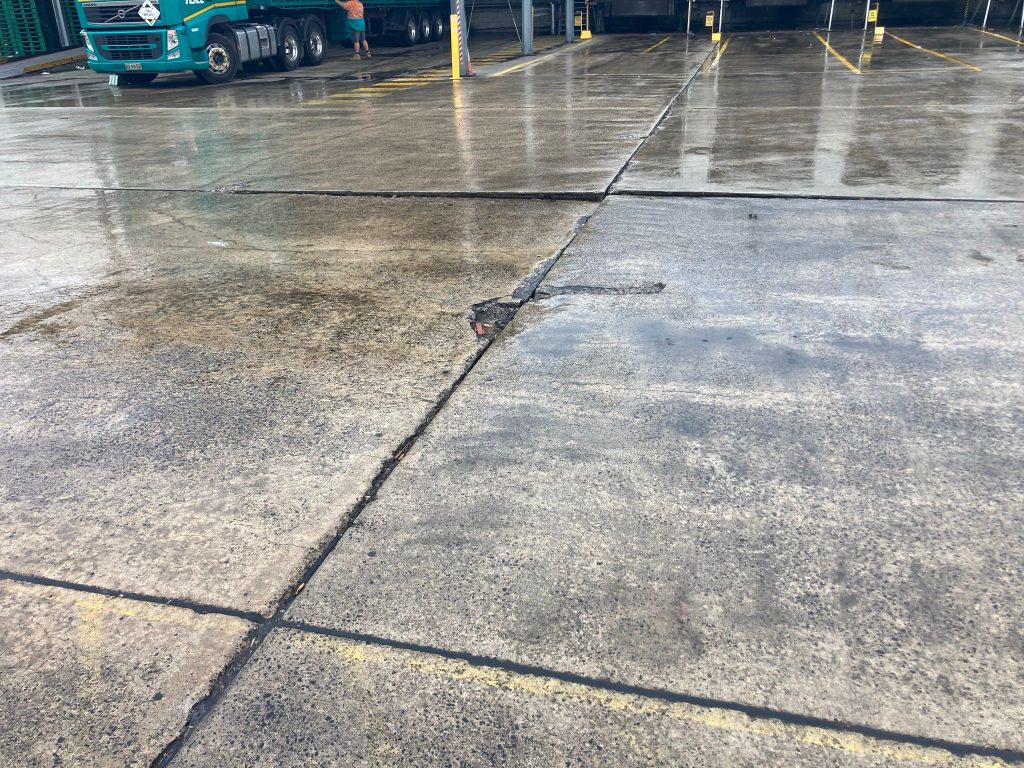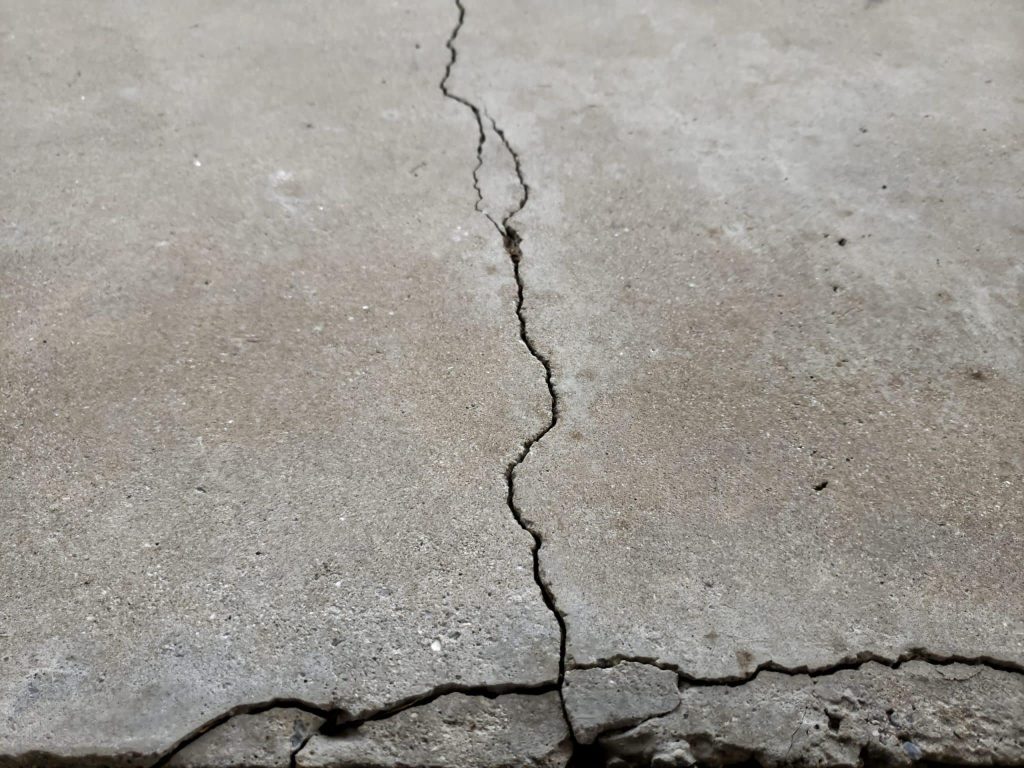Subsidence is the erosion of and destabilisation of soil beneath the footings of a structure or concrete slab, caused by human activity, natural disaster, or natural erosion over time. Although subsidence can sometimes be natural, subsidence prevention efforts are critical to protecting our infrastructure and housing in areas of high potential subsidence damage.
Subsidence caused by human activity often occurs in areas where mining is taking place, causing mine subsidence damage due to the use of high explosives that cause soil to shift many miles from the site of the blast. Heavy construction can also cause subsidence damage, particularly if done near recreational or residential areas.
How To Reduce the Risk of Subsidence
Subsidence sometimes happens naturally, however, there are certain things you can do to minimise the risk of subsidence damage impacting your home, pool, or local recreational areas.
- Ensure that your driveway is a level surface. Unlevel driveways are hotspots for pooling water, which can increase the risk of subsidence damage and concrete cracking.
- Regularly inspect your residential plumbing for signs of small leaks. Over time, the excess water in the ground will cause it to shift, potentially causing foundation issues.
- When choosing a home location, check if you are near mining sites. When trying to prevent mining subsidence, the farther away you can be from an active mine, the better.
- Large tree roots can sometimes cause subsidence damage as they grow through your land, causing the earth to shift. Locate any problematic large trees and have them professionally removed to prevent re-growth.
Subsidence often occurs in areas you may least expect, like swimming pools, tennis courts and in the foundations of older-construction aged care homes.
Guidance for Recognising Early Subsidence Signs in Pools, Tennis Courts and Aged Care Homes
There are some tell-tale signs that subsidence damage might be or is occurring underneath your swimming pool, tennis court, or in the foundations of an aged-care home. Knowing these signs may help to understand what subsidence damage is and help you engage in early subsidence damage prevention.
Swimming Pools
The tell-tale signs of subsidence damage in the surrounding areas of swimming pools are some of the following:
- The appearance of unevenness in your pool decking.
- Cracks appear in concrete or surrounding stonework.
- Cracking in the pool’s flooring, or cracking on the walls of your swimming pool.
- If the surrounding stone or concrete has risen or sunk above or beneath your pool’s edge.
Tennis Courts
When it comes to tennis courts, because most are laid with a concrete foundation before (sometimes) being covered with a softer playing surface, it can be difficult to determine if subsidence damage is taking place. However, a few key signs are:
- Sinking of the playing surface, particularly in the corners of the court.
- An unevenness of the net indicates an issue in the levelling of the playing surface.
- The upheaval of certain areas of the tennis court indicates possible cracks and water damage to the below concrete substrate.
Aged Care Homes
Aged care homes that are older constructions are at a higher risk of subsidence damage due to the age of their foundations. If your aged care home is experiencing subsidence damage, it isn’t something you should wait around to repair as it poses a significant safety risk for the residents. Here are some tell-tale signs of subsidence damage to watch for.
- Uneven flooring or exterior concrete surfaces, particularly near drainage gutters and/or piping.
- Mould growth on interior walls, speaking to a plumbing issue that could be causing subsidence damage.
- Bowing plasterboard and cracked tiling in bathrooms could also indicate a foundation issue that could be caused by soil shifts.
- Doors or windows that won’t close correctly. These indicate an issue with the levelness and straightness of the wall or floor.
If you’re noticing any of these signs, you may have a subsidence damage issue that will need to be professionally repaired.
Resin Injections Preventative Role in Detecting Early Subsidence
Polyurethane resin injections are used to prevent subsidence damage from spreading. By using expanding polyurethane resin, the soils beneath a subsiding structure or concrete slab are compressed and strengthened, preventing the ongoing settlement.
Conclusion
If you’ve noticed on your concrete slab subsiding, or cracks appearing in your brick walls, you may have a subsidence issue. .
Give us a call today to see how we can help you.
Frequently Asked Questions
Here are a few of the frequently asked questions we receive on the issue of subsidence damage.
What are the common signs of subsidence and how can homeowners identify them early on?
Sinking concrete floors, cracked walls, or jamming doors and windows are among some of the key signs that your home may be experiencing subsidence damage. Be sure to visually inspect your home regularly for any of the above-mentioned signs and call a professional if you need help.
What preventative measures can homeowners take to mitigate the risk of subsidence in recreational and residential areas?
There are a few preventative measures that you can take as a homeowner to mitigate the risk of subsidence damage to your property.
- Ensure that all drainage is installed and functioning properly and is far enough away from your house that it will not cause an issue with your foundation.
- Visually inspect the exterior of your home for cracks in the brick (if built with brick) from time to time.
- Prune your trees or large shrubs around your property to prevent them from taking all of the moisture out of your soil, which aids in holding it in place.


